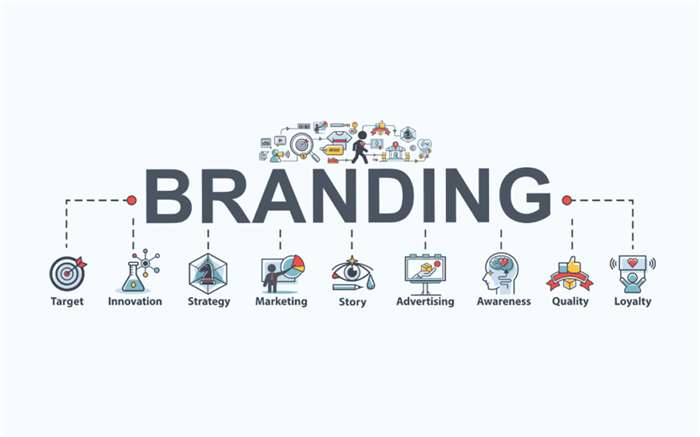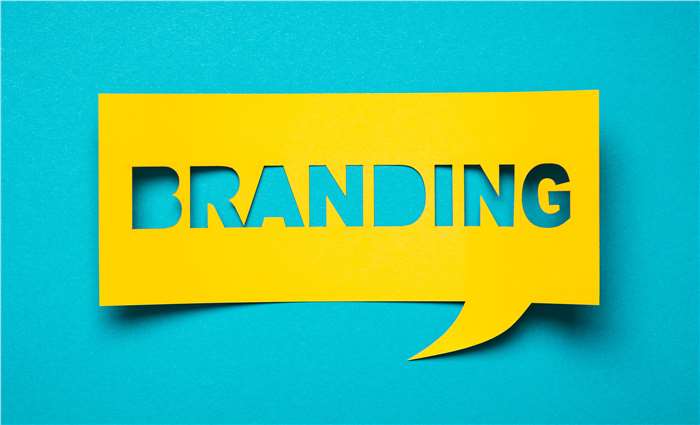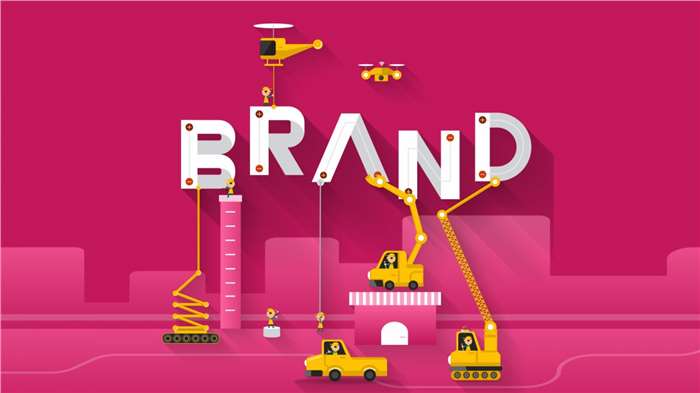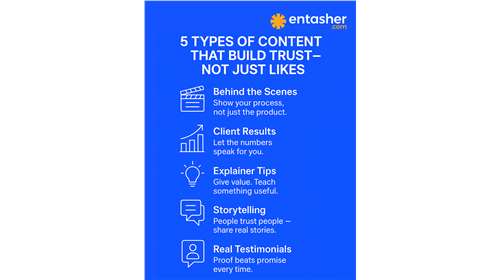
What is Branding? Is branding worth it? ✽

What really is branding?
Branding is defined by marketers as an act where a brand is being impressed in the mind of the consumer or a group of consumers. But according to Cambridge dictionary branding is “the act of giving a company a particular design or symbol in order to advertise its products and services.” The Cambridge definition only covers a shallow part of branding that has to do with the visual side of branding but branding is in fact more than that.
Others define branding as the process of creating a positive perception of the brand in the consumers mind using various elements including logo, design, themes throughout the marketing process, and others.
Branding does not stop unless the business brand has infiltrated into all the stakeholders minds, including potential customers, company staff, current customers, and shareholders. To do so the business must consider the 5 elements of branding which are as follows:
- Position of the brand: Basically brand positioning is where the brand identifies the target audience, what the services/products are, how customers will benefit from the company, and finally how the brand is different or better than its competition.
- Promise of the brand: This is the part where the brand identifies what the customers expect to receive every time they interact with the brand and based on that promise to deliver that every time the customer interacts with the business. In this case any decision made in the company should consider the promise of the brand and try to fulfill it and refrain from contradicting it.
- Personality of the brand: define the personality traits that you want your brand to be associated with. This usually happens in the form of 4-6 traits mainly adjectives such as fresh, classy, etc it is what the brand wants to be known for.
- Story of the brand: this is where the history of the brand is explained and then how that history could help increase the value and credibility of the brand. Product summary is also included.
- Association of the brand: this is the most well-known part of branding which involves the brand logo, colors, themes, and everything visual that is associated with the brand. But designing these visuals must be done while considering the brand promise, as well as the personality traits of the brand.

4 reasons why branding is important?
- Stand out from the competition: Branding differentiates your company from others and shows the customers your unique, special, and different traits which make them prefer your brand over others.
- Builds brand recognition: with the help of good branding, and excellent visual elements, the brand stands out and becomes recognizable in the market.
- Creates a consistent brand experience: Branding helps the business deliver consistently the promise with the customers. Branding makes sure that whether the customer is interacting face-to-face, through the social media of the brand or any other form of interaction, there is a consistency in the way that the interaction is done.
- Turn the audience to loyal consumers: Branding can form an emotional connection with the consumers, using emotional branding techniques this can attract prospective customers and turn them to new customers, as well as turn current customers to loyal brand enthusiasts. This can be done by linking the brand with certain colors, or memories, or even brand image that appeals to the public.

Advantages of branding
- Increase business value: a strong brand has strong reputation meaning it also has high value. The more the reputation of the brand increases the higher the value gets. The brand itself can have monetary weight. To find out the monetary weight of a brand, brand valuation can be done.
- Generate new customers: Strong branding usually results in having a good reputation. Good reputation results in good word of mouth spreading about the brand from consumers who use the brand. This creates a sense of familiarity with new or potential customers and an assumed dependability since they have heard good things about the brand before. This makes prospective customers prefer purchasing from the brand that they heard about rather than other brands.
- Increase employee pride and satisfaction: when the brand has high value, and good branding, the employees will fell more pride in working for a company like that, since employees are considered as stakeholders, they are also ambassadors of the brand and they are expected to talk about the brand positively. Being satisfied and proud of the company increases the chances of positive word of mouth from the employees to others.
- Trust within the customers: Branding aims to create trust between the brand and the stakeholders. With the presence of trust the perception of the brand is more positive. This can be achieved by delivering the brand promise with every interaction. The more trust the more likely the customer will purchase your brand product.

History of branding
Branding originated from the word “Brand” which was a process that farmers used to mark their cows to show ownership. The mark informed the people which farm the cows belonged to. Each farm had its own brand. When selling the meat, some farmers made the cows eat salt to drink more water which resulted in increasing their weight and therefore increasing the price.
Other farmers made their cows work hard to build muscles also resulting in more weight and higher prices. On the other hand, other farmers that properly took care of their cattle and sold high-quality meat were considered a better brand.
Branding as we know it today started emerging with the industrial revolution in the mid-1700s. With different producers of the same goods and items, people needed to brand them to differentiate their products from others, that is when logos were started and they were also used to indicate the manufacturer as well as to act as a symbol of quality.
Later in the twentieth-century products such as Coca-Cola, Heinz started placing their logos on their products and this is due to the fact that more people were able to afford branded products and this resulted in more companies using brands on their products.
Branding in the digital age
According to a Harvard business review article titled “Branding in the Digital Age” written by David C. Edelman, branding before the digital era started had a process where a consumer wanted to purchase a certain product, the consumer would consider the brands that sell this product, visit them to know more information and start an elimination process where the brands that do not attract the consumer are eliminated leaving fewer brands to choose from and finally eliminating the remaining brands to settle on one brand that the consumer purchases the product/service from. This is called the funnel metaphor
Now with the presence of digital media, brands upload all their information online, there are also online reviews and feedback from customers which counts as word of mouth. This makes the section of the brand process much more random. New research suggests that consumers now consider the brands that sell the product/ service that they want, then evaluate them based on their social media or digital media presence. The final step is purchasing the product/service but there is also an extended stage where the consumer can bond with the brand and purchase other products created by the same brand because he is satisfied with the product/service he purchased.

Examples of branding
As mentioned above, when a brand had good branding the public associates the product with the brand itself. For example Sellotape is actually a British based brand that sells transparent, polypropylene-based, pressure-sensitive tape but people now call it Sellotape even if they are purchasing another brand.
Another eample of great branding is for a brand called Band-Aid which is distributed by the American pharmasutical company. This brand is of adhesive bandages, but whenever someone gets cut and goes to a pharmacy they ask for a band-aid instead of adhesive bandages.
What is Entasher.com’s role?
Entasher.com has over 160 Digital marketing agencies that provide Branding services to their clients. The agencies provide high quality services with excellent results for their clients. To view the agencies that provide Branding service on entasher.com please visit: https://entasher.com/s/best-branding-agencies-/

Branding is a lot more than just the logo, or visuals of the brand. Good branding makes the brand stick to your brain that every time you need to buy a product you would use the name of the brand instead of the product, for example Google is a search engine brand, but its branding is very good that people no longer say they need to search for something using a search engine, they simply say I will Google the information. Google has not only been identified as a noun but also a verb.
Google is just one of the many examples of successful branding. Businesses need to do good branding because it makes marketing them a lot easier and it makes them the stakeholder’s first option.


